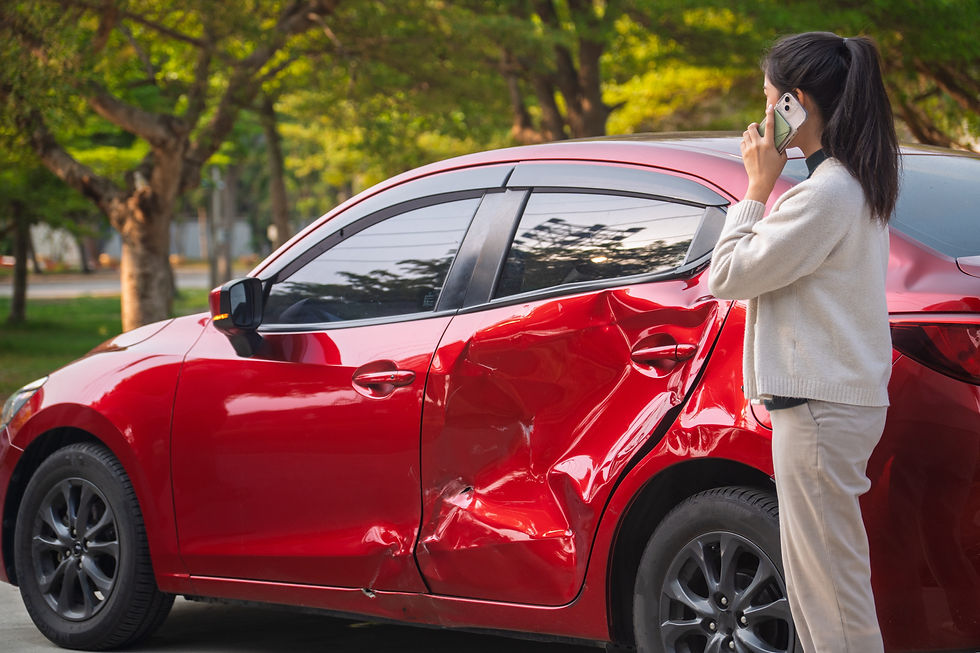DIY Methods for Getting Rid of Car Paint Damage
- toyotaofclermont
- Mar 8, 2021
- 3 min read
Going through the honeymoon phase with a car is arguably one of the worst experiences. While you’re infatuated and happy with your new ride, you’ll find yourself becoming super protective of it. You’ll be reluctant to drive it too much for fear of rocks scratching the paint, you won’t eat in it (tragic), and you likely won’t let your partner even look at the keys (that’s just wrong). Unfortunately, car paint damage is something that’s laughably common for cars everywhere. You might as well get used to it.
Luckily though, there are several ways to get rid of small, surface level scratches and they can all be done DIY. Toyota of Clermont is here with all the deets so you can get started!

The Best DIY Methods for Getting Rid of Small Car Paint Damages
Before you starting busting out the sandpaper and Bondo, take a minute to assess the damage on your Clermont Toyota car. Depending on the depth of the scratch will determine how the rest of your DIY journey is going to play out. Your car paint has several layers like, base body panel coat, primer, clay bar wax, actual paint, then clear coat. If you can’t tell how deep the scratch you’re looking to exterminate is, here are a few tips:
A clear coat level car paint damage can be identified by seeing how the scratch reacts with moisture. If the scratch gets wet and disappears, it’s a clear coat issue.
Body coat scratches won’t fade when wet but look like a white streak on your vehicle’s paint.
A scratch that reaches your body panel or primer will appear gray or black.
Now that you’ve assessed the depth of the scratch, it’s time to gather your supplies and get to work. A word of warning, if you’re not comfortable tackling this on your own, that’s okay! Our auto collision experts can always handle the job for you. Without further ado, let’s get to work.
Get it Done Like the Pros
Step 1: Start by cleaning the area of and around the scratch with soapy water and dry with a microfiber cloth. Not only does this make the area shiny, it actually prevents you from scratching sand, dirt, and other debris into the paint and causing further damage as you work. After cleaning, tape the area off with painters tape to isolate it from the rest of the vehicle.
Step 2: Time to start sanding, but be careful. Start by using 3000 or 5000 grit paper that’s very fine. This will prevent further scratching and give an even sanding to the area. As an added pro tip, rap a dish sponge with the sand paper you intend to use and sand gently. This will prevent you from creating uneven marks during your sanding as you apply pressure. Begin sanding and look for a hazy shadow over the defective area and you can no longer see the scratch.
Step 3: Once the scratch becomes invisible to your eyes, it’s time to polish and wax the area. You should also take care to sand around the area of the scratch to create a feathering affect. This will restore the shine of your paint in a more uniform way and look nice (use 5000 grit sandpaper to do this). Apply polish to a microfiber cloth and start applying polish to the area until it begins to resemble its original color. As a last step, apply clay bar wax and restore your paint to it’s former scratch-less glory.
If you need help with scratch removal or any other type of auto body work, our certified collision center will be open soon at Toyota of Clermont! Visit us at 16851 State Road 50 today.



Comments